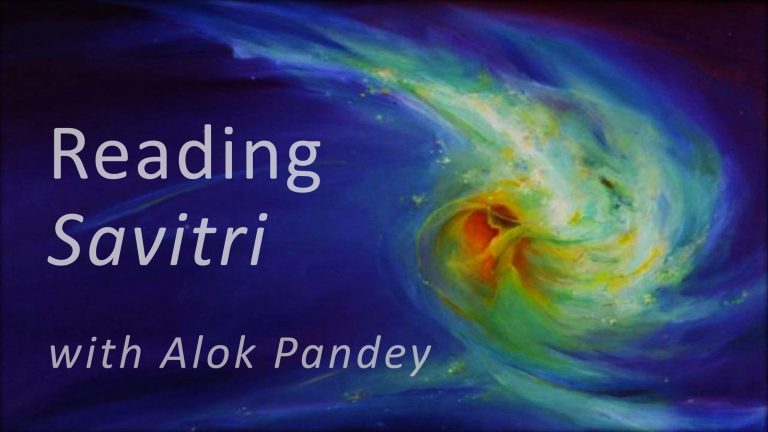The charming flute-player had bewitched the whole village. Men and women of all ages flocked around him as his lips blew through the bamboo reed. As his gentle fingers ran over the holes wild animals became docile and flowers danced with joy under his magic spell. Even the sun and rain seemed to obey the rhythm of his music. Some enjoyed the sheer magic of his flute and cared not to analyse. Others tried to understand its method and process. The scientifically minded even tried to gather all the associated things as evidence linking them to his flute-playing capacity. They studied the quality of bamboo and the size of the flute with the spacing of holes and the force of his breath moving through it. The simple, religious minded observed his lifestyle, his eating habits, his sleep and his routine. Thereby they could emulate some of these to stimulate in themselves the capacity to play flute.
Then the flute player disappeared one day. To where none could say. But he had left behind his flute. The village after waking up to the sudden loss was divided into different systems and philosophy each claiming its right over the flute-player’s fortune. Creeds sprang up, each claiming sole authority over the flute-player. Cults and rituals began in his name, where every adherent was expected to religiously follow the lifestyle of the great master. The flute was wrapped in silk and gold for the eyes of the faithful to worship. Few privileged ones (privileged in the eyes of the caretakers) got the rare opportunity to touch the flute with their fingers. In time the legacy turned into a flute religion. Each faithful member was expected to keep a flute in a worship room, wrapped in fine silk. The poor could do it in glazed cotton though. The flute was taken out of the silk cover annually in a mass festival called the bamboo-festival. The traditional ones worshipped flutes of different sizes made of bamboo alone. The modernists changed with times and flutes of fibre glass, metal and plastics with machine-art adorned their houses. The philosophers mocked the ritualists. They saw in the flute a symbol of great cosmic rhythm. They discovered and wrote books on the great seven cosmic rhythms and principles that governed life everywhere. Out of these seven rhythms sprang up the seven great laws. The hard core practicalists converted these laws into fixed and inflexible rules that all must follow. Anyone trying for any variation in the rhythm was regarded as a deviant member to be socially shunned or punished. The scientists laughed at both—the ritualists as well as the philosophers. They saw in the flute-player’s magic nothing but a clever play of harmonics. They classified these harmonics into precise mathematical formulas. They calculated the rare statistical probability of the events linked to the magic of his flute. They hypothesized how the sound of the flute drove the wind in a certain way that changed the pattern of the weather and, thereby, favourably affected the crops.
Days went by and centuries and generations. The flute-player’s magic turned into a hard religion, his free force into a system of philosophy, his creative art into a precise technique. Even worse, the rarity of the event turned many believers turn sceptics and, in collusion with the scientifically minds, they declared it all a myth and a legend believed by petrified minds.
The flute-player’s soul watched all this with great pain. For all of them had caught only an outermost fringe of his clothing. And what they all missed was his delight that he longed to share with all and the source inspiration that he wished to awaken in others so that the magic could dwell in every heart. And so, he decided to come back again. But this time he was born in another land and wore another dress. He spoke another language and had a different lifestyle. Times had changed but these things had little significance for the flute-player since he could draw the same force of inspiration and breath the same delight in every age. But people failed to recognize him. The religionists banned his entry into their citadels declaring him an infidel, a breaker of sacred traditions. The philosophers failed to understand the new music he brought to life in his creative freedom and declared him a heretic and a revolutionary. The scientists once again started analysing with their lens and their calculators. But the children followed him, entranced by his magic and the flower once again danced with joy and the wind felt thrilled and the sun once again kissed the earth and greeted it with the freshness of a new dawn.
Alok Pandey



